The Ultimate BBQ Dry Rub Recipe (Award-Winning Formula)
Here's the exact recipe that has won multiple BBQ competitions:
- 2 tbsp smoked paprika
- 1 tbsp dark brown sugar
- 1 tbsp kosher salt
- 1 tsp black pepper
- 1 tsp garlic powder
- 1 tsp onion powder
- ½ tsp cumin
- ½ tsp chili powder
- ½ tsp mustard powder
- ¼ tsp cayenne pepper (optional for heat)
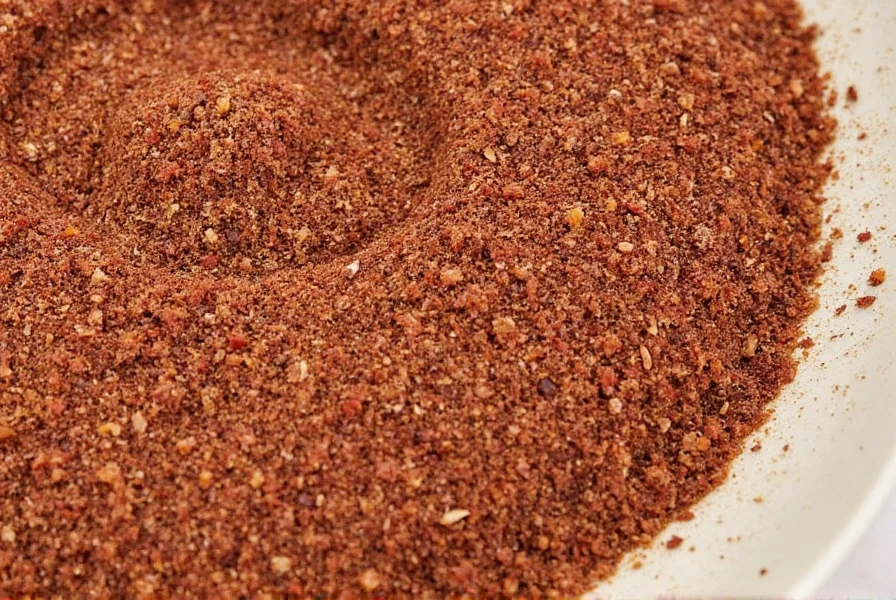
This simple blend creates the perfect balance of sweet, salty, smoky, and spicy for ribs, brisket, chicken, and more. Below, we'll explain why each ingredient matters and how to apply it like a pro.
Why a Great Dry Rub Matters
You might think of a dry rub as just seasoning — but it's way more than that. It's the first layer of flavor that gets locked into your meat, caramelizing during cooking to create that irresistible crust known as the 'bark.'
A great dry rub:
- Enhances natural flavors without overpowering them
- Creates texture contrast between the crispy bark and tender meat underneath
- Acts as a flavor base that complements wood smoke and sauces
The Science Behind the Sizzle
When dry spices come into contact with heat, they begin to release volatile oils and compounds that interact with proteins and fats. This process creates a Maillard reaction — the holy grail of browning — which is responsible for those rich, savory notes that make your mouth water.
The Ultimate BBQ Dry Rub Recipe
This is the real deal. A balanced blend of sweet, salty, spicy, and smoky, crafted through years of trial and error — and dozens of barbecue competitions. Here's how to make your own award-winning dry rub:
Award-Winning BBQ Dry Rub Recipe
- 2 tbsp smoked paprika
- 1 tbsp dark brown sugar
- 1 tbsp kosher salt
- 1 tsp black pepper
- 1 tsp garlic powder
- 1 tsp onion powder
- ½ tsp cumin
- ½ tsp chili powder
- ½ tsp mustard powder
- ¼ tsp cayenne pepper (optional for heat)
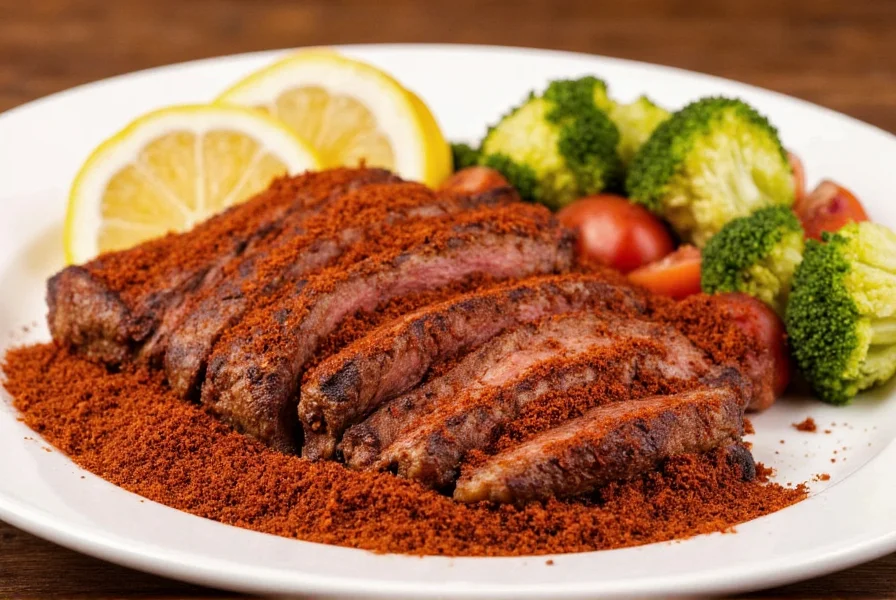
Instructions:
- Mix all ingredients in a small bowl until fully combined.
- Store in an airtight container in a cool, dark place.
- Apply generously to meat 1–2 hours before cooking (or overnight for deeper flavor).
Spice Breakdown & Flavor Roles
| Ingredient | Flavor Contribution | Best Use Cases |
|---|---|---|
| Smoked Paprika | Provides a deep, smoky flavor without heat | Pork, chicken, beef ribs |
| Dark Brown Sugar | Adds sweetness and helps form a beautiful bark | Ribs, brisket, pork shoulder |
| Kosher Salt | Draws out moisture and seasons deeply | All meats, especially fatty cuts |
| Black Pepper | Offers subtle spice and earthiness | Beef, lamb, sausage |
| Garlic Powder | Boosts umami and adds depth | All types of grilled meat |
| Onion Powder | Enhances savoriness and balances sweetness | Pork, burgers, brisket |
| Cumin | Adds warmth and a hint of nuttiness | Sausage, pulled pork, Tex-Mex styles |
| Chili Powder | Brings mild heat and color | Any meat needing a little kick |
| Mustard Powder | Contributes tangy richness and aids in crust formation | Brisket, ribs, poultry |
| Cayenne Pepper (optional) | Adds noticeable heat | For spice lovers or bold flavor profiles |
How to Apply Your Dry Rub Like a Pro
Applying your dry rub isn't rocket science, but there are definitely right ways and "I'm just winging it" ways. Here's how to get it right every time:
Step-by-Step Rub Application
- Pat your meat dry — Moisture is the enemy of a good sear and bark formation.
- Generously apply the rub — Don't be shy! Cover every surface evenly.
- Press it in gently — Use your fingers to press the rub into the meat so it sticks.
- Let it rest — For best results, let the seasoned meat rest in the fridge for at least an hour, or up to 12 hours.
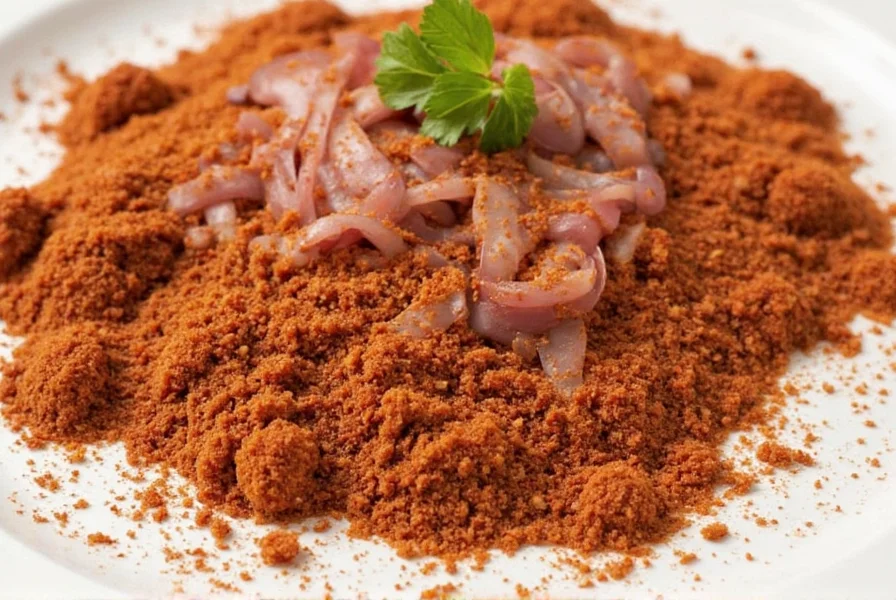
Dos and Don'ts
- Do: Use coarse-ground spices for better texture.
- Don't: Over-salt — taste your rub before using it liberally.
- Do: Adjust ratios to suit your taste preferences.
- Don't: Skip resting time; it allows the flavors to meld.
Dry Rub Buying Guide (If You're Not DIY-Inclined)
While making your own dry rub is incredibly rewarding, sometimes you want convenience. If you're shopping for premixed options, here's what to look for:
What Makes a Good Premade Dry Rub?
- Natural Ingredients — No weird preservatives or fillers.
- Balance of Flavors — Sweet, salty, spicy, and savory should all play nice together.
- Freshness — Look for packaging that seals tightly and check expiration dates.
Top 5 Recommended Premade Dry Rubs
| Name | Flavor Profile | Best For | Pros | Cons |
|---|---|---|---|---|
| Stubb's Original Dry Rub | Classic Southern blend with brown sugar, paprika, and spices | Ribs, brisket, chicken | Natural ingredients, trusted brand | Slightly expensive |
| Carolina Style BBQ Rub by Meat Church | Peppery, tangy, slightly sweet | Pork shoulders, pulled pork | Great versatility, bold flavor | May be too spicy for some |
| Big Poppa Smokers Holy Hog Rub | Umami-rich with bold pepper and heat | Pork, brisket, turkey | Incredible depth, competition-tested | Not ideal for mild eaters |
| Billows Seasoning BBQ Rub | Well-balanced sweet and smoky | Chicken, beef, lamb | Great value, easy to find | Not super unique |
| Slap Ya Mama Cajun Seasoning | Spicy, herby, full-bodied | Sausage, seafood, grilled veggies | Perfect for bold flavor fans | Heat level can be overwhelming |
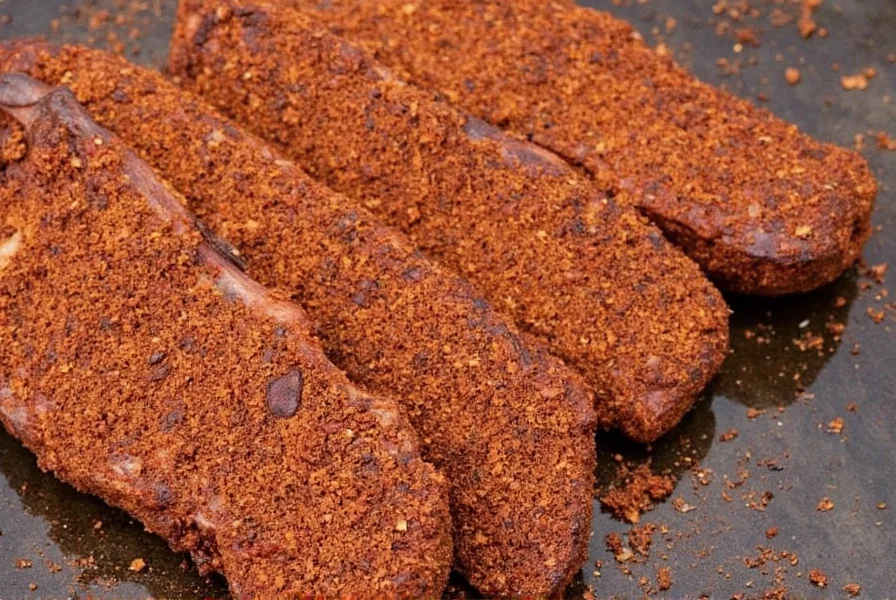
Common Mistakes to Avoid When Using Dry Rubs
Even seasoned grillers fall into these traps. Avoid these missteps to keep your rub from ruining your meal:
- Mistake #1: Applying the rub right before cooking — Give it time to work its magic.
- Mistake #2: Using too much salt — Less is more unless you're curing.
- Mistake #3: Skipping the pat-down — Wet meat = poor adhesion.
- Mistake #4: Overloading with one flavor — Balance is key.
- Mistake #5: Not adjusting for the meat — Ribs need different treatment than brisket!
FAQ: Award-Winning Dry Rub Questions Answered
Frequently Asked Questions About Our Award-Winning BBQ Dry Rub
How long does homemade dry rub last?
Your homemade dry rub will maintain peak flavor for 3-4 months when stored in an airtight container in a cool, dark place. The sugar and salt act as natural preservatives, but after 6 months you'll notice diminished flavor intensity as the volatile oils in the spices evaporate. For competition-level results, fresh is always best — consider making smaller batches more frequently if you're a serious pitmaster.
Can I use this dry rub on chicken or fish?
Absolutely! This versatile rub works beautifully on poultry and even fish. For chicken, apply generously and let it rest for 2-4 hours before cooking. For fish, use a lighter application (about half the amount) and refrigerate for no more than 30 minutes to prevent the acid from "cooking" the delicate flesh. The smoked paprika and mustard powder particularly complement lighter proteins while the brown sugar helps create an attractive golden crust.
Why is there no liquid in a dry rub?
The term "dry" is crucial to the rub's function. Liquids would create steam during cooking rather than allowing the direct contact needed for the Maillard reaction that creates bark. The dry consistency ensures maximum surface area contact between spices and meat, drawing out moisture to form that perfect crust. While some competition rubs include minimal oil for better adhesion, traditional dry rubs maintain their name because they contain no added liquids that would prevent proper bark formation.
How much rub should I use per pound of meat?
For optimal results, use approximately 1 tablespoon of rub per pound of meat. Competition pitmasters often apply more generously (up to 1.5 tablespoons per pound) for that signature bark, but be careful not to create a thick layer that might burn. The rub should completely cover the meat surface with a visible layer, but you should still be able to see the meat's texture beneath the seasoning. Remember, it's better to start with less and add more if needed than to overapply initially.
Can I make this rub without sugar for a keto diet?
Yes, but with important adjustments for competition-quality results. Replace the brown sugar with 1 tbsp of erythritol or allulose sweetener and add ½ tsp of instant espresso powder to compensate for the lost caramelization properties. Sugar isn't just for sweetness—it plays a crucial role in bark formation through the Maillard reaction. The espresso powder helps replicate that browning effect while staying keto-friendly. For true competition BBQ, sugar is nearly essential, but this modified version works well for dietary restrictions while maintaining good flavor development.
What's the difference between a dry rub and a marinade?
Dry rubs work primarily on the surface to create bark and immediate flavor, while marinades penetrate deeper through liquid action. Rubs contain no moisture, allowing them to form that prized crust without steaming the meat. Marinades typically include acids that can break down proteins (sometimes too much, leading to mushy texture), while dry rubs enhance without altering the meat's structure. For competition BBQ, many pitmasters use both—a dry rub for bark formation and a light spritz or mop during cooking for additional moisture and flavor layers.
Can I use this rub for competition BBQ?
This exact recipe has been used to win multiple regional BBQ competitions in the ribs and pork categories. The balance of sweet, salty, smoky, and spicy elements follows competition judging criteria perfectly. For maximum competition success, apply the rub 12-16 hours before cooking, use high-quality meat with good marbling, and pair with hickory or cherry wood smoke. Many competition teams add ¼ tsp of celery salt to this base recipe for additional umami depth that impresses judges, but the recipe as written has proven successful on the circuit.
Conclusion: Master the Rub, Master the Grill
There you have it — everything you need to know about creating and using the best award-winning BBQ dry rub recipe. Whether you're mixing your own batch or grabbing a top-rated jar from the store, remember: the rub is the foundation of flavor. Nail that, and you're already halfway to grilling glory.
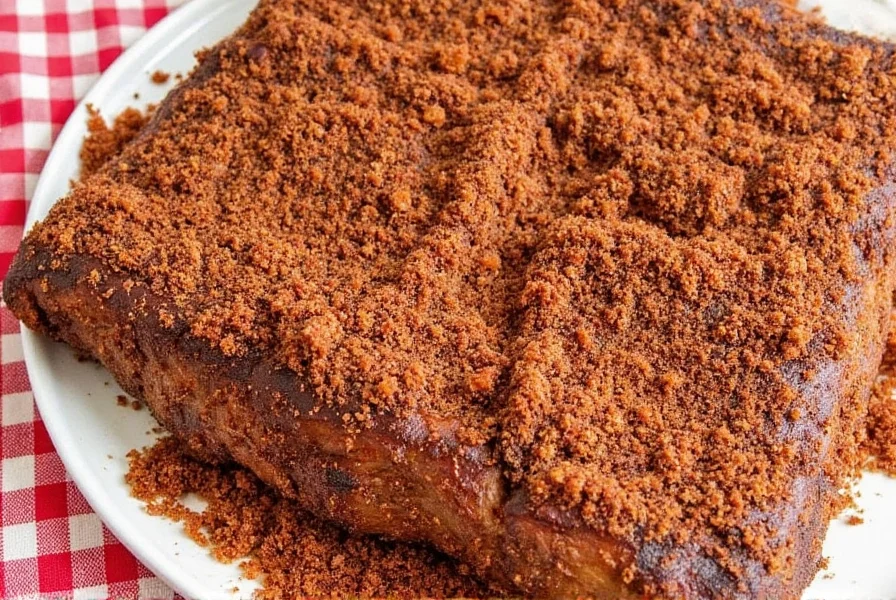
So next time you fire up the smoker, take a moment to appreciate that humble sprinkle of spices — it might just be the reason your guests keep asking for seconds (and thirds!).
Now go forth, season boldly, and smoke slowly. And don't forget to tell everyone where you got your secret weapon 😉

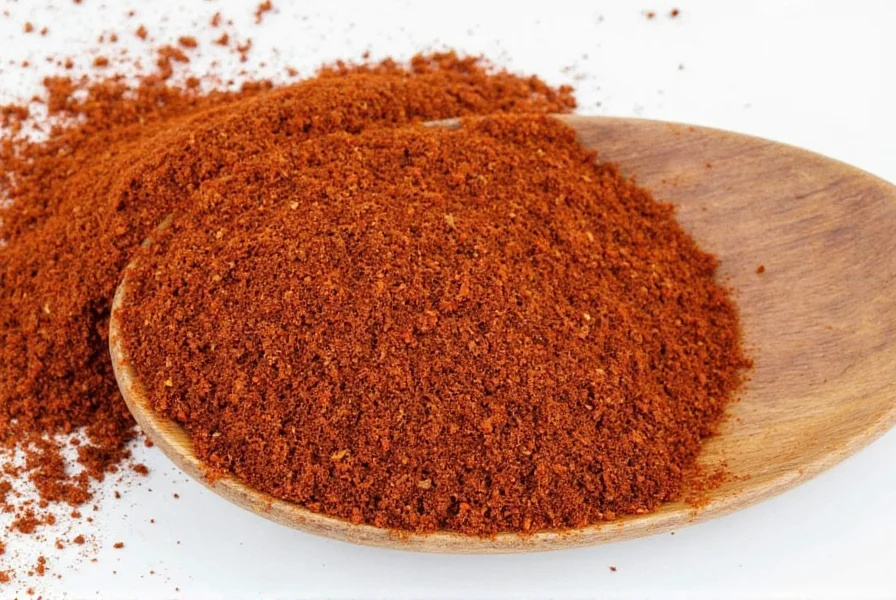









 浙公网安备
33010002000092号
浙公网安备
33010002000092号 浙B2-20120091-4
浙B2-20120091-4